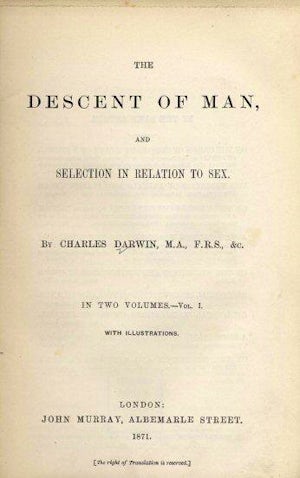March 13, 1925. The Idaho Legislature passes "An act to create a state board of eugenics; to provide for the sterilization of all feebleminded, insane, epileptics, habitual criminals, moral degenerates and sexual perverts who are a menace to society, and providing the means for ascertaining who are such persons". The purpose of this legislation was to allow for the legal sterilizations of people with undesirable traits living in state institutions. This legislation replaced the Act that had previously been vetoed by Governor D.R. Davis in 1919. It took into account the criticisms that Governor Davis had made of the previous bill, and was specifically constructed to avoid challenges made on the basis of unequal application.
The legislation created a Eugenics Board which was composed of the superintendents of the state institutions in charge of the care and housing of people with mental disorders (Gen. Laws of the State of Idaho, ch. 194, No. 203, 358). It was responsibility of the board to make decisions about whether residents of the state institutions should be sterilized. The legislation outlined that these decisions were to be based on whether the residents were at risk of either reproducing children with certain undesirable traits (e.g., epilepsy, insanity, feeblemindedness), whether they were a menace to society, or whether they might become or were a burden to the state (Gen. Laws of the State of Idaho, ch. 194, No. 203, 359).
On the legal side of things, this legislation required consent from either the patient or their legal guardian. However, if consent was not given, then sterilization could still go occur provided that the board appeal to the district court. If the district court, upon review, affirmed the board's decision, then the operation could proceed (Gen. Laws of the State of Idaho, ch. 194, No. 203, 361). This legislation also stipulated that neither the board nor the physicians performing the sterilizations could be held legally responsible for their participation in operations (Gen. Laws of the State of Idaho, ch. 194, No. 203, 362).
As a result of this legislation a total 38 people were sterilized (Kaelber, 2011). It should be noted that this legislation effectively made sterilizations compulsory because it gave the Eugenics Board's the ability to override patients even when consent was not given.
-Luke Kersten
State of Idaho. (1925). An Act to create a state board of eugenics; to provide for the sterilization of all feebleminded, insane, epileptics, habitual criminals, moral degenerates, and sexual perverts who are a menace to society, and providing the means for ascertaining who are such persons. General Laws of the State of Idaho.
Kaelber, L. (2011). Eugenics: Compulsory Sterilization in 50 American States. Retrieved from http://www.uvm.edu/~lkaelber/eugenics/ID/ID.html
 1869:
Galton publishes Hereditary Genius
1869:
Galton publishes Hereditary Genius
 1871:
Charles Darwin publishes The Descent of Man
1871:
Charles Darwin publishes The Descent of Man